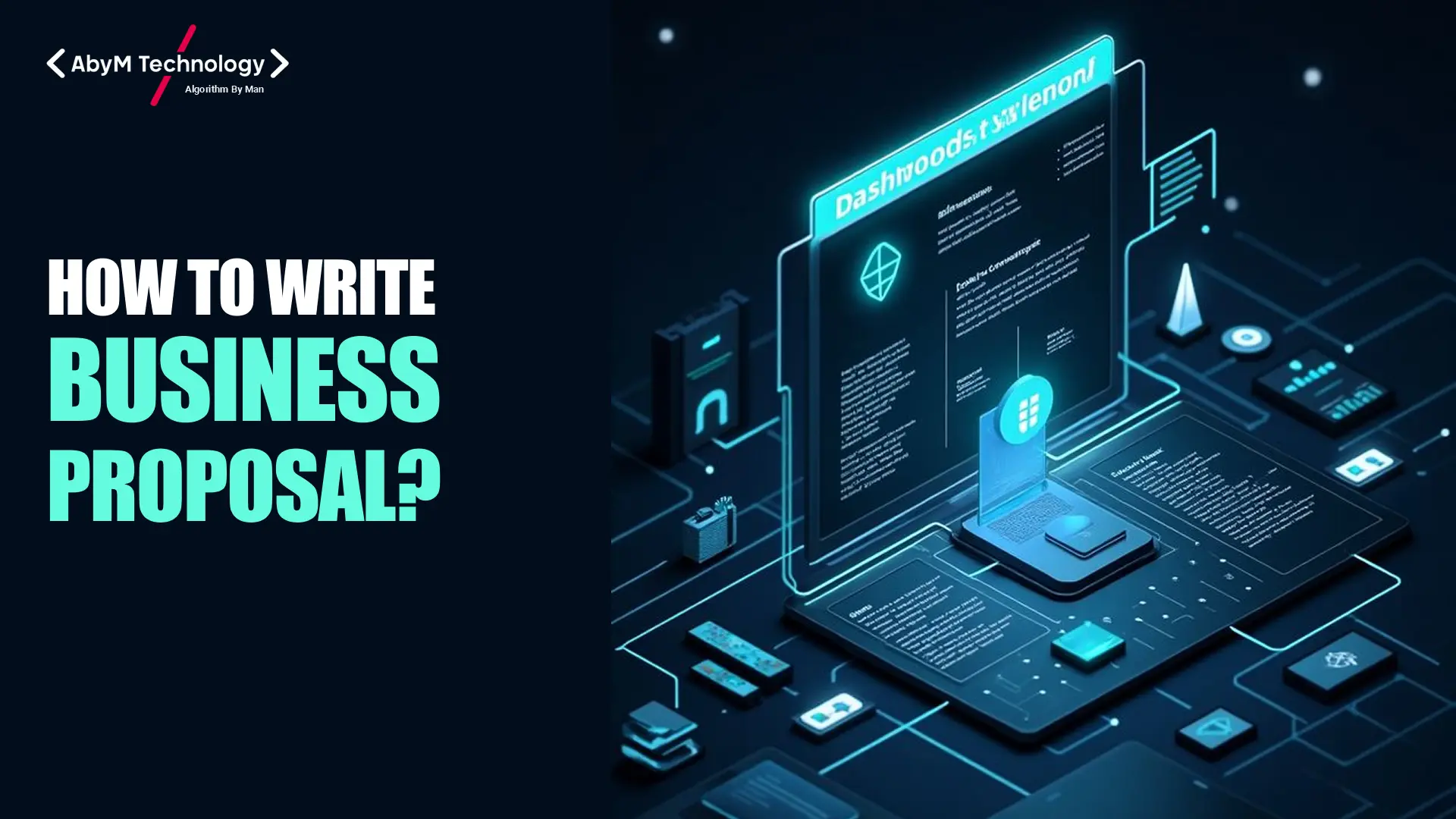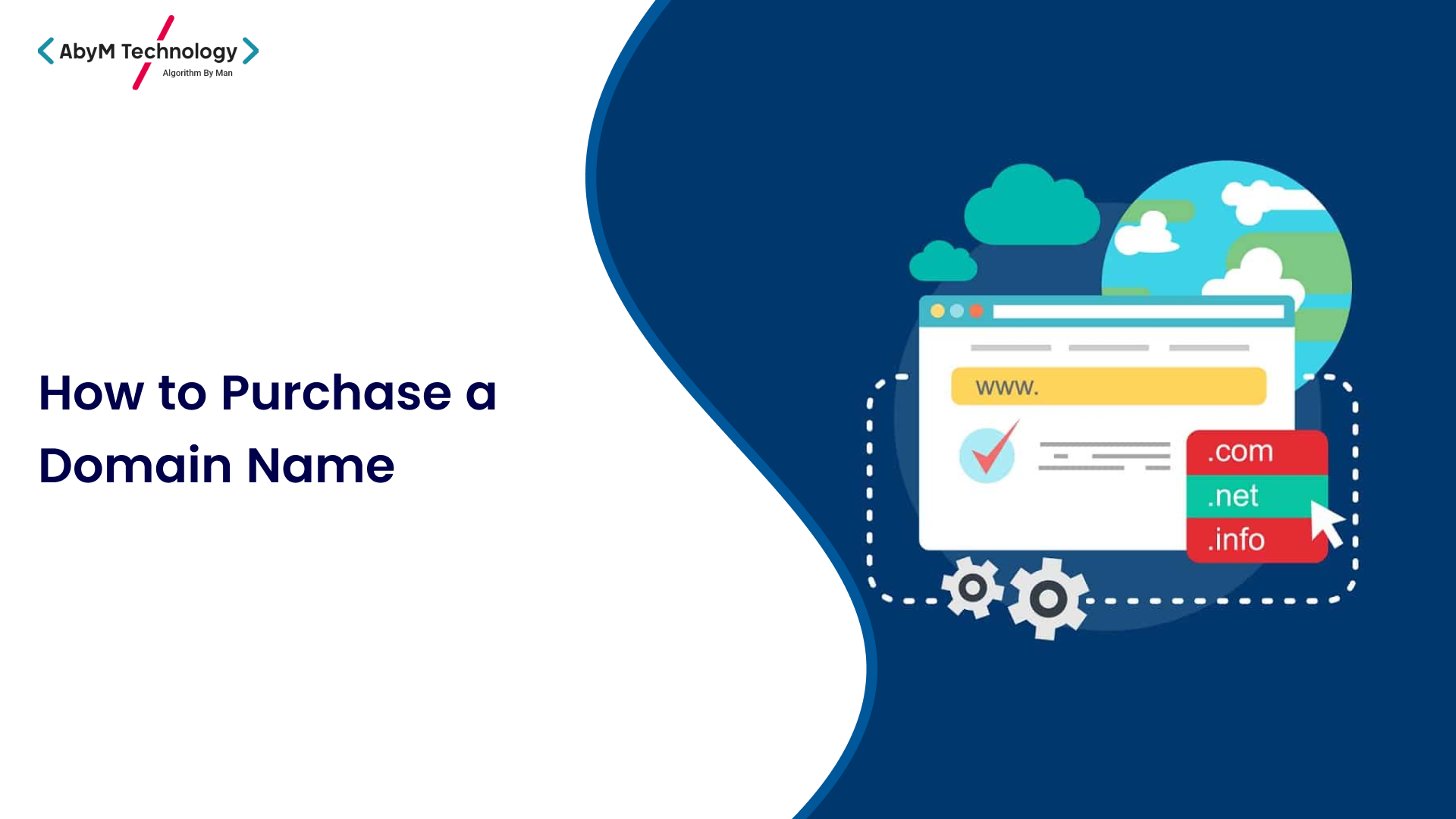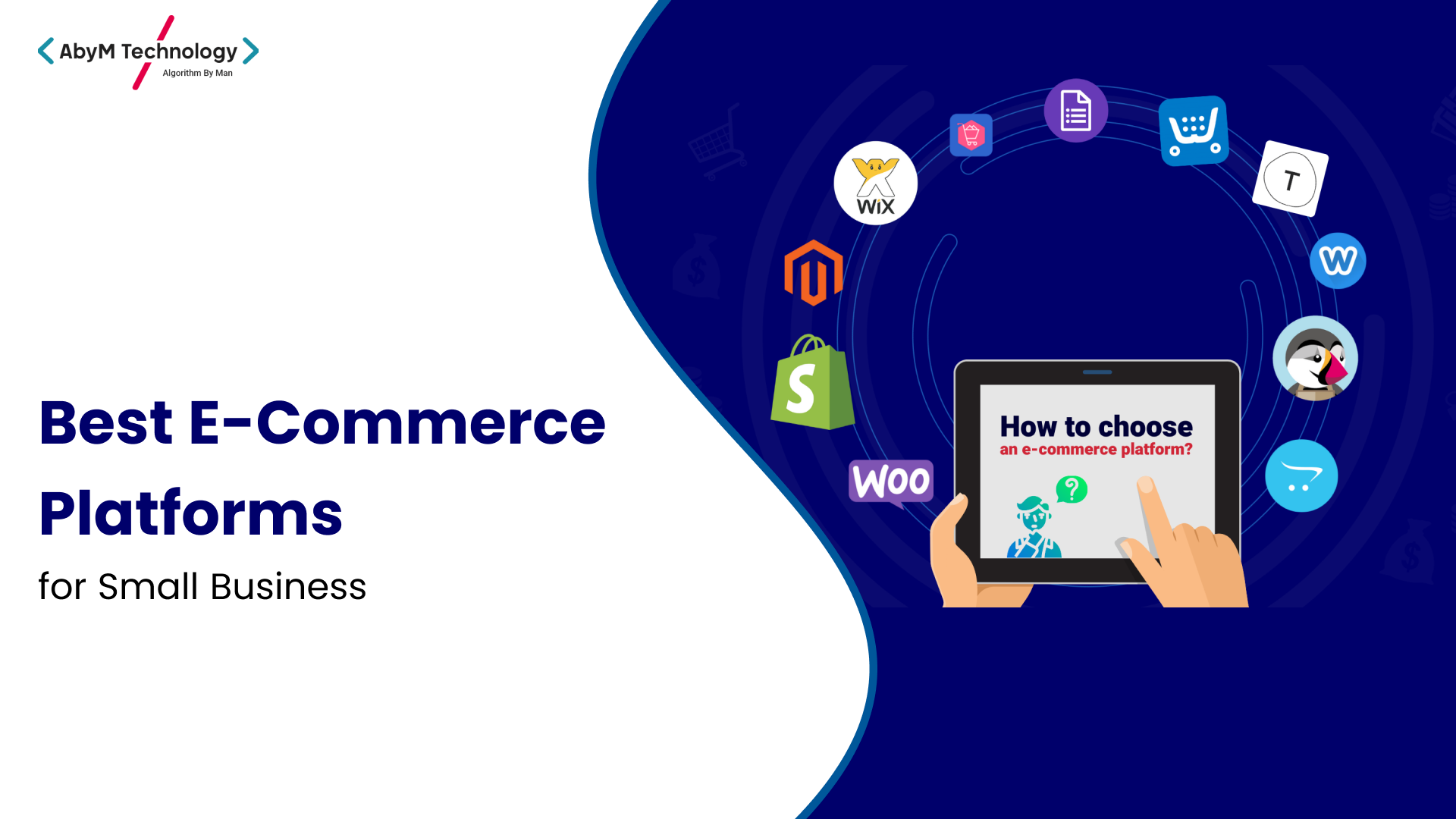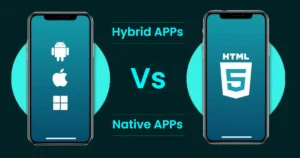How to Write a Bussiness Proposal?

Writing a business proposal is an essential skill for any entrepreneur or business professional looking to win new clients or secure partnerships. Whether you’re pitching a new idea, offering services, or requesting funding, a well-crafted proposal can make all the difference in closing the deal. In this guide, we’ll break down the process of writing a compelling business proposal that stands out from the competition and increases your chances of success.
What is a Business Proposal?
A business proposal is a formal document that outlines a business plan or solution in response to a specific request or opportunity. It is typically used to propose services, products, or projects to potential clients, partners, or investors. The primary goal of a business proposal is to convince the recipient to take action, such as signing a contract, investing in a project, or purchasing a service.
There are several types of business proposals, including:
-
Solicited Proposals: Submitted in response to a request for proposal (RFP).
-
Unsolicited Proposals: Submitted without a direct request, usually to introduce a new business idea or solution.
-
Informal Proposals: Usually less detailed and used for smaller projects or internal proposals.
-
Formal Proposals: Detailed, formal documents often used for larger projects or significant partnerships.
1. Start with a Strong Title Page
The first impression matters. Your title page should be clear, professional, and concise. It should include the following information:
-
Title of the Proposal: Make it specific to the project or service you are offering.
-
Your Business Name and Logo: Ensure that the title page is branded to reflect your company.
-
Date of Submission: Always include the date to keep everything current.
-
Client’s Information: Add the client’s name, business, and other relevant details.
-
Contact Information: Your contact details should be easy to find.
The title page sets the tone for the rest of the document, so make it clean, professional, and aligned with your company’s branding.
2. Write a Compelling Executive Summary
The executive summary is arguably the most important section of your business proposal. This section provides a snapshot of your entire proposal, so it needs to be impactful, concise, and clear. In this section, briefly explain:
-
What the client needs: Address the pain points or challenges the client is facing.
-
Your proposed solution: Explain how your product or service will solve these problems.
-
Benefits of your solution: Highlight the specific advantages your solution offers, such as cost savings, efficiency, or scalability.
-
Your experience or qualifications: Demonstrate why your company is the best choice to solve their problem.
Even though the executive summary appears at the beginning, it’s often best to write this section last, once the rest of the proposal is complete. This ensures you’re capturing the most relevant points accurately.
3. Define the Problem or Need
A successful business proposal identifies and defines the client’s problem or need. This section helps the client see that you understand their challenges and that your solution is relevant. Make sure to:
-
Research thoroughly: Understand the client’s business, market, and specific issues they face.
-
Describe the problem clearly: Use data, quotes, or real-life examples to illustrate the issue.
-
Explain the impact: Show how the problem is affecting the client’s business, such as lost revenue, inefficiency, or missed opportunities.
By providing a clear understanding of the problem, you establish trust and demonstrate that you are genuinely interested in helping the client.
4. Present Your Proposed Solution
Now, it’s time to showcase your solution. This section should be detailed, but easy to understand. Here’s how to do it:
-
Describe your solution: Outline what you are offering, whether it’s a product, service, or project. Be as specific as possible about how it addresses the client’s problem.
-
Explain how it works: Break down the process or steps involved in implementing your solution.
-
Showcase benefits: Emphasize the specific advantages your solution provides, such as increased productivity, better user experience, or enhanced performance.
-
Provide supporting data: Include any statistics, case studies, or success stories that demonstrate the effectiveness of your solution.
The goal here is to make it clear why your solution is the best choice and how it will positively impact the client’s business.
5. Outline Your Plan and Timeline
Once you’ve explained the solution, the next step is to show the client how you’ll implement it. Providing a clear plan and timeline demonstrates your commitment and organization. In this section, include:
-
Step-by-step plan: Break down the process into manageable phases or tasks. For example, if it’s a service or project, list the key milestones.
-
Timeline: Offer a realistic timeline for when each stage of the plan will be completed. Use specific dates or timeframes to show when the client can expect results.
-
Roles and responsibilities: Clarify who will be involved in the project, both from your side and the client’s side, and what their responsibilities will be.
A well-structured plan gives the client confidence that you have thought through the details and can deliver on your promises.
6. Define the Budget and Costs
The financial aspect of the proposal is crucial. Clients need to know the cost of your solution, how it fits within their budget, and what value they will get in return. Be transparent and provide a clear breakdown of all costs involved. Include:
-
Pricing structure: Specify the total cost of the project, product, or service. Break down the costs if applicable, such as hourly rates, project fees, or product costs.
-
Payment terms: Outline your payment schedule. For example, 50% upfront and 50% upon completion or a monthly payment plan.
-
Additional costs: If there are any extra fees or potential costs, be upfront about them to avoid surprises later.
By being clear and transparent about the costs, you help the client make an informed decision and build trust.
7. Include a Call to Action
After detailing your proposal, end with a strong call to action (CTA). This section encourages the client to take the next step. Be clear about what you want them to do next, whether it’s scheduling a meeting, signing a contract, or requesting more information.
Your CTA should be:
-
Direct: Use clear and actionable language such as “Sign this proposal to get started” or “Schedule a call to discuss next steps.”
-
Urgent: You might want to include a sense of urgency to encourage action. For example, “Our team is available to start as soon as next week.”
-
Polite: Always be respectful and professional in your tone.
8. End with a Professional Closing Statement
Finish the proposal with a professional and polite closing statement. This helps reaffirm your interest in working with the client and leaves a positive impression. Include:
-
Thank you note: Thank the client for their time and consideration.
-
Reaffirmation: Reinforce your excitement about the potential partnership or project.
-
Contact information: Ensure the client knows how to reach you for any questions or further discussion.
A strong closing can leave the client with a positive feeling, making them more likely to act on your proposal.
Conclusion
Writing a business proposal is a structured process that involves understanding your client’s needs, presenting a tailored solution, and demonstrating the value of your offering. By following these steps and focusing on clarity, professionalism, and value, you can create a proposal that is not only persuasive but also results in action.
Remember, a successful business proposal is one that aligns your solution with the client’s needs, provides clear pricing and timelines, and leaves no room for confusion. Taking the time to craft a compelling proposal increases your chances of success and helps build lasting business relationships.










